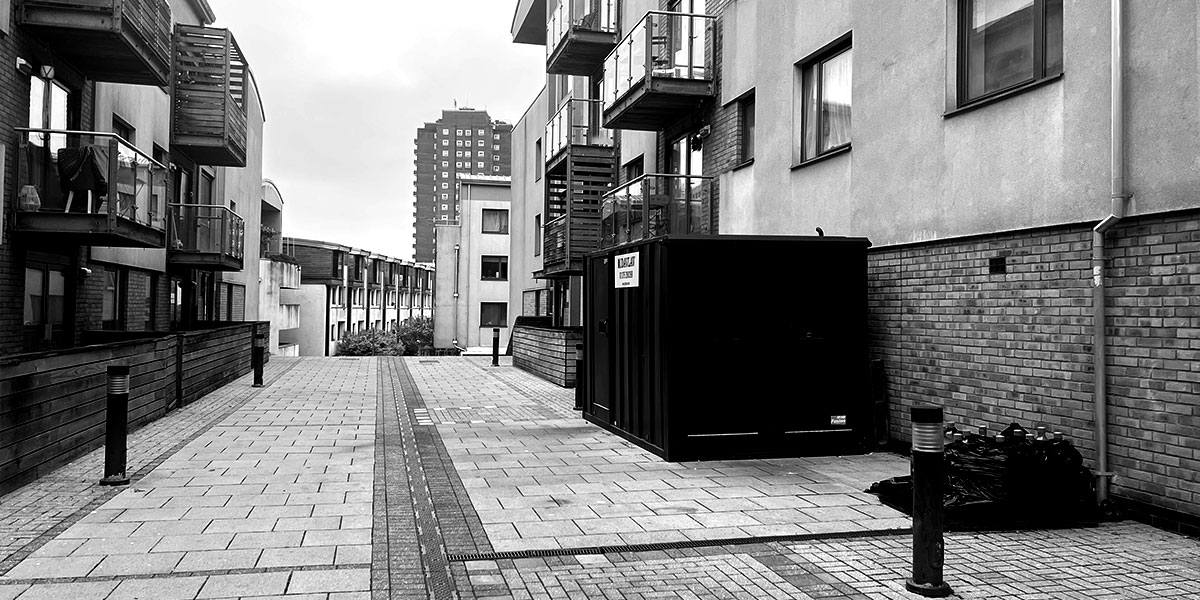the historic growth of Brighton and the way in which this has shaped the character and structure of the city.
Originally known as Brighthelmstone, Brighton developed as a Saxon fishing village. By the 1600s it had a population of 4,000 and was the largest town in Sussex.
At this time the town was confined to the area now known as The Lanes. In the 17th century poor demand for fish, coastal erosion and attacks by the French caused the town to decline. However the promotion of the benefits of sea bathing by Dr. Russell, and characters like Martha Gunn from the 1740s led to a change in fortunes.
Brighton grew into a fashionable resort reinforced by the patronage of the Prince of Wales who first visited in the 1780s. The first Pavilion was built later that decade and than as King George IV, he commissioned the Royal Pavilions from Nash in 1821. The Nash plans included the creation of a formal landscaped corridor – now known as Valley Gardens that ran from the Steine to the Level.
Following the completion of the Royal Pavilion Brighton expanded rapidly.
The 1820s saw the development of Kemp Town to the east and Brunswick Square and Adelaide Crescent to the West. To the north the development of Valley Gardens by Nash led to Regency housing spread- Following the completion of the Royal Pavilion Brighton expanded rapidly
A. The old town of Brighthelmstone 1779 (now The Lanes)
B. An aerial view of the Level today showing the Nash layout with the Station site in the foreground
C. The Royal Pavilion completed in 1821
D. A figure ground plan of Brighton today coloured to show the
stages of the city’s development.
E. Brighton in the 1930s at the height of its success
F. Much of Brighton retains its Regency and Victorian character
G. A plan of Brighton from the 1830s ing along London Road and later to Park Crescent and Seven Dials. Later in the 19th century came the Victorian development of Hove.
Poorer workers housing was also growing rapidly around the old town. The oldest of this housing was the North Laine, built on the former arable fields and extending as far north as New England Road. This dates from the 1820s and expanded greatly with the arrival of the railways in the 1840s (see Section 5).
The railways turned Brighton into a mass holiday resort with the growth of hotels and boarding houses. While it was famous
in 1960s – when as Laurence Oliver said ‘the sweet smell of success is Brighton’ – like other British resorts it was entering a gradual period of decline. This decline continued until recently but has been largely reversed through diversification of the town’s economy.
Background of City Point
The area above the old town of Brighton has always been known as the Laines. This is a Saxon word meaning ‘lease’ and referred to communal arable fields.
There were five laines stretching from North Street to New England Road each, divided into a series of furlongs.
These field patterns were to influence the street pattern of the area when it was developed Trafalgar Street, Ann Street and York Hill are on the line of the ‘leakways’ that served the Laines.
London Road developed in the early 19th century as a wealthy residential street.
However by 1830 the houses were being converted to shops and by the 1930s it had become Brighton’s main shopping street with a large Coop store and a Marks and Spencers. The area to the west of London Road was developed for workers housing in the 1820s on the ‘Laines’.
The opening of the railway in 1840 led to the further expansion of worker housing. The railway was built on a man-made plateau (reputedly the largest in Europe) with the chalk cut from the hillside creating a series of terraces for the locomotive works, goods station and sidings.
These expanded through the 19th century demolishing much of the surrounding housing. The re- The area to the west of London Road was developed for workers housing in the 1820s on the ‘Laines’ mainder of the housing was cleared in the early 1960s.
There were plans to demolish the North Laine, these were rejected in 1973 and it was designated a conservation area in 1977.
The area north of Trafalgar Street was clear and has been redeveloped with schemes such as Theobald House, Mayflower Square and New England House that are out of character with the former tight grain of the area. Meanwhile the locomotive works closed in 1959 and was demolished in 1969.
Since 1972 the upper level has been the station car park while the lower level has accommodated temporary uses such as used car dealerships.
There have been many attempts to develop the former goods yards. The most recent was a proposal for a 3,530m2 (net) superstore, offices and homes. This was refused in 1997, a decision confirmed at appeal in 1998.

Site built and designed by Jamie Gunn
contributions by City Point residents





